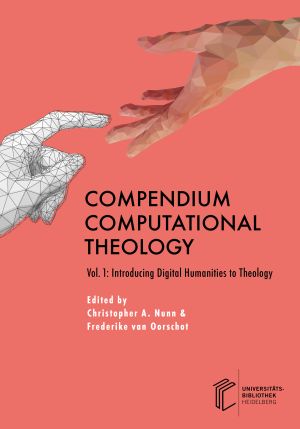How to Cite
License (Chapter)

This work is licensed under a Creative Commons Attribution-ShareAlike 4.0 International License.
Published
Network Analysis
Abstract Over the last few decades, network analysis has grown in popularity in the humanities and presents extensive opportunities for studies in theology, offering a way to examine relational objects or entities, considering not only the importance or value of the things that are connected to one another, but the relationships themselves, and the structures they create. This chapter examines the adoption and uses of network analysis methodologies, introducing some basic terms and concepts, more broadly considering how they might be approached. It considers the appropriate questions to ask not only of the methods, but also of the data and research questions themselves before network analysis is used. In doing so, it acknowledges the criticisms and realistic precarities of the supposed concrete concepts in computational methodologies. While highlighting the complexities of network analysis, it also points to some best practice examples of different types of network analysis in theology and the wider humanities and how they might be emulated, demonstrating how network analysis may contribute fresh insights into traditional scholarly narratives.
Keywords Visualisation, Abstraction, Heuristics, Quantitative and Qualitative Methods, Historical Network Analysis



